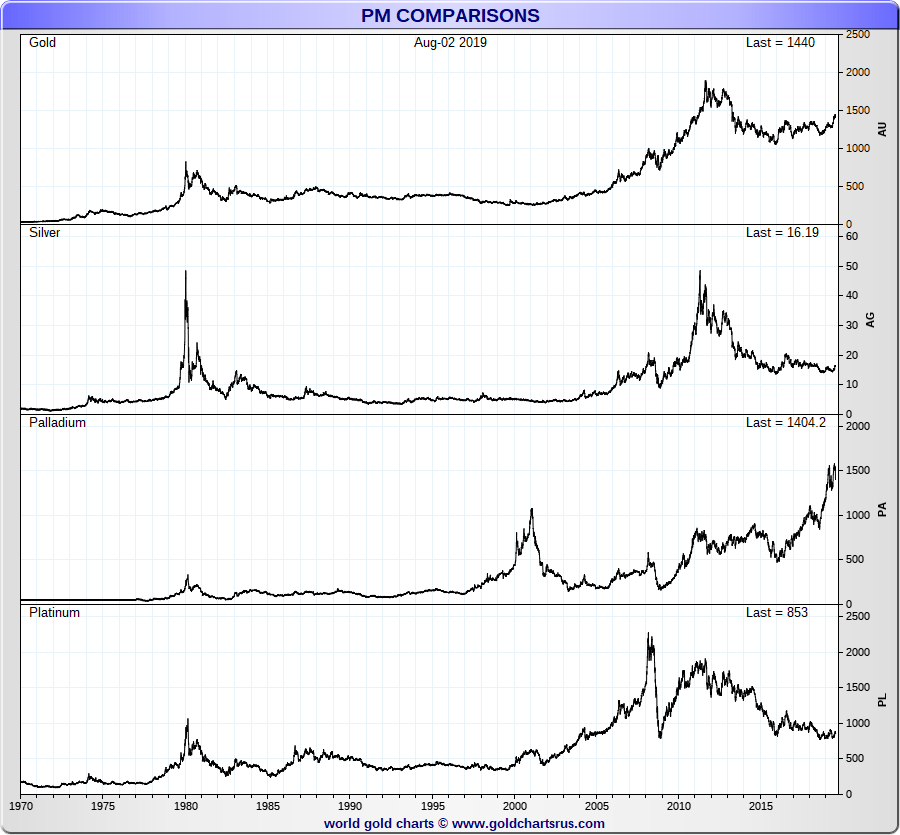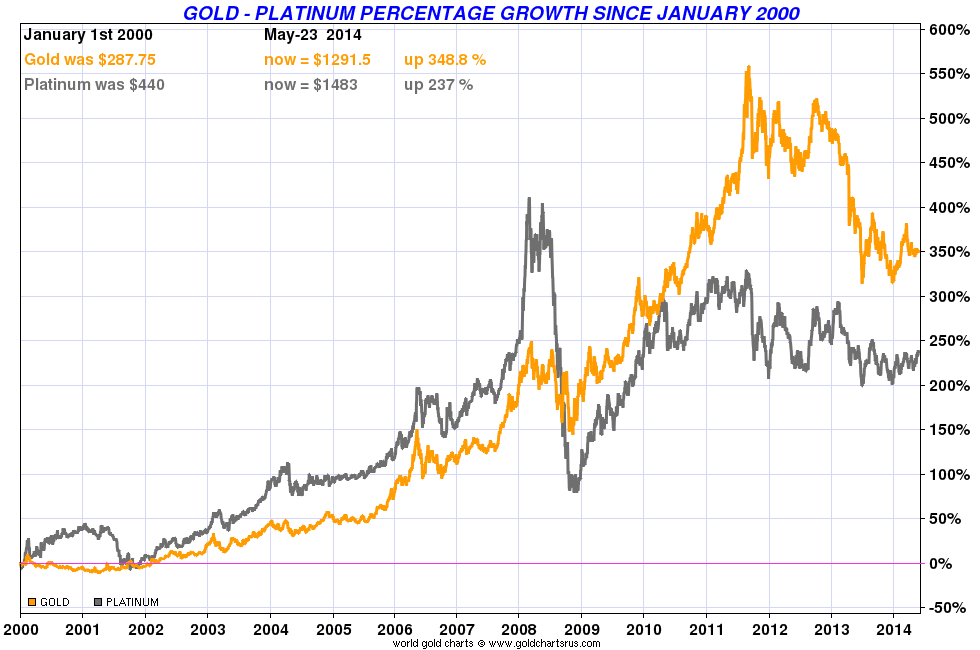Pt Spot Price
The Prices reflect Johnson Matthey’s current view of prevailing market prices and may take into account Johnson Matthey’s view on current market bids and offers. The Prices are for metal in sponge form with minimum purities of 99.95% for platinum and palladium, and 99.9% for rhodium, iridium and ruthenium. Platinum Prices - Interactive Historical Chart Interactive chart of historical daily platinum prices back to 1985. The price shown is in U.S. Dollars per troy ounce. The current price of platinum as of January 22, 2021 is $1,111.60 per ounce.

| Product | Details | |
|---|---|---|
| Austrian Silver Philharmonic |
| Shop Now |
| 1 oz Silver Rounds |
| Shop Now |
| 1 oz Silver Bar |
| Shop Now |
| British Silver Britannia |
| Shop Now |
| 1 oz Australian Silver Koala |
| Shop Now |
| Mexican Silver Libertad |
| Shop Now |
| 1 oz Australian Silver Kookaburra |
| Shop Now |
| Canadian Silver Maple |
| Shop Now |
| 30 Gram Silver Panda |
| Shop Now |
| American Silver Eagle |
| Shop Now |
| 1 oz Australian Silver Dog |
| Shop Now |
| 5 oz Silver Bar |
| Shop Now |
| 90% Silver Coins ($10 FV) |
| Shop Now |
| 10 oz Silver Bar |
| Shop Now |
| 100 oz Silver Bar |
| Shop Now |
Futures prices will converge to spot prices by the delivery date. There are 3 hypotheses to explain how the price of futures contracts converge to the expected spot price over their term: expectations hypothesis, normal backwardation, and contango.
The expectations hypothesis is the simplest, since it assumes that the futures price will be equal to the expected spot price on the delivery date. In this case, the price of the futures contract does not deviate from the future spot price, yielding a profit neither to the long position nor the short position. However, the expectations hypothesis does not represent reality, since the expected future spot price is uncertain. Therefore, there must be a risk premium available to induce traders to take a position in the futures contract.
John Maynard Keynes and John Hicks explained this state of affairs as a result of farmers wishing to shed risk so that they can get guaranteed prices for their product, so they entered into the short side of the futures contract by offering the contracts at lower prices than the expected delivery date spot price. This enticed others to enter into the long position of the contract since they can be expected to profit by the delivery date. Thus, the longs' profit is equal to the farmers' loss, but the farmers accept this in exchange for a guaranteed price for their product.
Contango takes the opposite view of futures prices. The contango hypothesis contends that the buyers of the products are the natural hedgers since they also want a guaranteed price, so they are willing to pay a higher price than the expected spot price to achieve that result. This results in higher future prices for longer-term contracts. So contango exists in a futures market when future prices increase progressively with longer maturities. This is the most common situation, since many commodities, which are traded with futures contracts, have carrying costs, including storage, insurance, and financing plus there must be some compensation for the risk of holding the underlying asset. If the short position does not hold the underlying, then a risk premium must be paid to compensate for the risk. A contango market encourages investors to buy the near contracts and take delivery to sell in the later months, and for companies to increase stockpiles of the commodity.
Obviously, whether backwardation or contango prevails depends on the preponderance of the short or long positions. The net hedging hypothesis stipulates that an excess of shorts will cause a normal backwardation, whereas an excess of longs will result in contango.
The Capital Asset Pricing Model (CAPM) modifies the above by quantifying the risk premium that is required to compensate the longs for the risk that they incur by entering a futures contract. So if a commodity poses a higher systematic risk, where its beta exceeds 1, then the future price must be lower than the expected spot price to compensate the long position for the greater risk.
Consider a stock and a hypothetical futures contract on that stock. If:
- E(Pt) = expected price of stock at time t
- k = required rate of return
- rf = risk-free rate of return

The current price of the stock is related to its expected price at time t and the required rate of return k by the following equation:
| P0 = | E(Pt) (1 + k)t |
Note that the above equation is identical to the formula for calculating the present value of a bond, with the expected price being equivalent to the principal repayment and the required rate of return being equivalent to the interest rate. The equation below relates the price of the stock to the initial price of its futures contract — which, according to the expectations hypothesis, will be equal to the expected price of the stock at time t — and the risk-free interest rate:
| P0 = | F0(1 + rf)t |
Since the right-hand side of both of the above equations is equal to the same value, setting the right-hand sides of the equations equal to each other and rearranging the terms yields the following results:

| F0 = E(Pt) × | ( | 1 + rf1 + k | ) | t |
Pt Spot Price Bloomberg
As can be seen by the above equation, if the required rate of return exceeds the risk-free rate, then the current futures price must be less than the expected price on the delivery date, and vice versa. Therefore, commodities with a positive beta will have a lower futures price than the expected delivery price, which results in normal backwardation, to compensate the longs with a required higher rate of return for their acquisition of risk. The shorts accept lower prices since it allows them to shed risk by selling the futures contract. Commodities with negative beta will have a higher futures price to compensate the shorts for their increased risk, which results in contango, while longs accept the lower price because the futures contract will lower their portfolio risk.
Price Of Platinum Today
Of course, the above is theoretical, since the price of any futures contract will depend on supply and demand, but the supply and demand will be constrained by spot-futures parity.